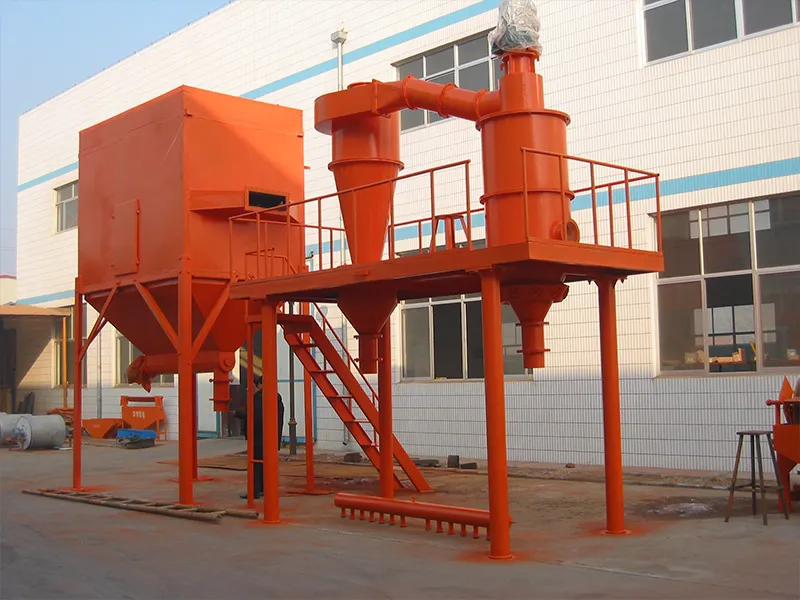In recent years, matcha powder has gained remarkable popularity around the world, not just for its vibrant green color and unique flavor, but also for its nutritional benefits. As a fine powder made from shade-grown green tea leaves, matcha is prized for its high antioxidant content, smooth texture, and versatility in food, beverage, and cosmetic applications. However, producing high-quality matcha requires much more than just harvesting tea leaves. One of the most critical factors is the grinding process, which must preserve color, flavor, and bioactive compounds.
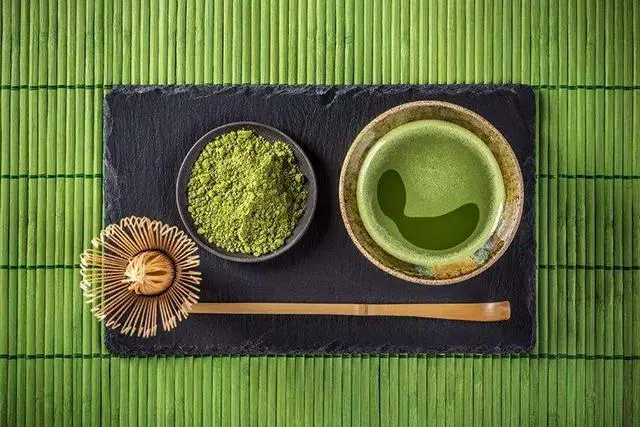
1. What Is Matcha?
1.1 Origin and Basic Processing
Matcha is a finely ground green tea powder. Unlike other green teas, matcha is made from leaves grown under shade for 3–4 weeks before harvest. This process boosts the production of chlorophyll and amino acids, especially L-theanine, giving matcha its deep green color and umami flavor.
After harvesting, the leaves are steamed to prevent oxidation, dried, and de-stemmed to create a raw product known as “tencha.” The final step is grinding tencha into fine powder, ideally less than 10 µm in size. Traditional methods use stone mills, but these are slow and inefficient for modern industrial needs.
1.2 Key Physical and Chemical Characteristics
Color: Vivid green, L* value typically above 70
Flavor: Rich umami, mild bitterness
Bioactives: High in catechins (especially EGCG), caffeine, and L-theanine
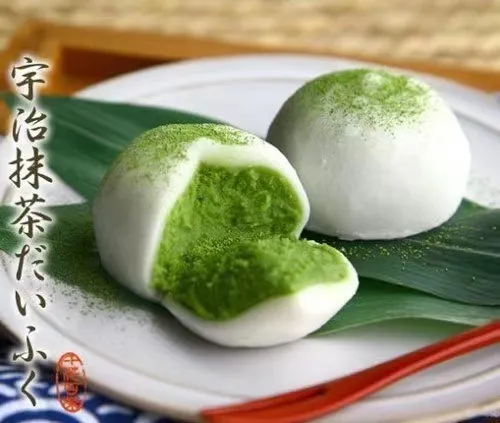
2. Where Is Matcha Used?
2.1 Food and Beverage Industry
Matcha’s versatility makes it popular in:
Hot and cold beverages (lattes, smoothies, energy drinks)
Baked goods (cookies, cakes, muffins)
Ice cream and frozen desserts
Instant drink powders and functional food supplements
Industry Insight: A 2024 report by Grand View Research estimates the global matcha market to exceed USD 3.1 billion, with an expected CAGR of 8.7% from 2024 to 2030.
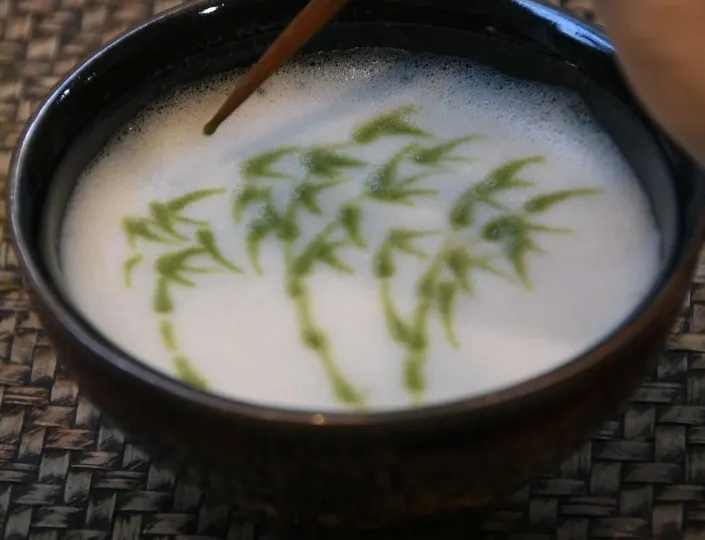
2.2 Cosmetics and Personal Care
Due to its antioxidant properties, matcha is used in:
Facial masks and cleansers
Anti-aging creams
Natural colorants in skincare
2.3 Pharmaceuticals and Nutraceuticals
Used in capsules for antioxidant benefits
Included in metabolism-boosting and fat-burning supplements
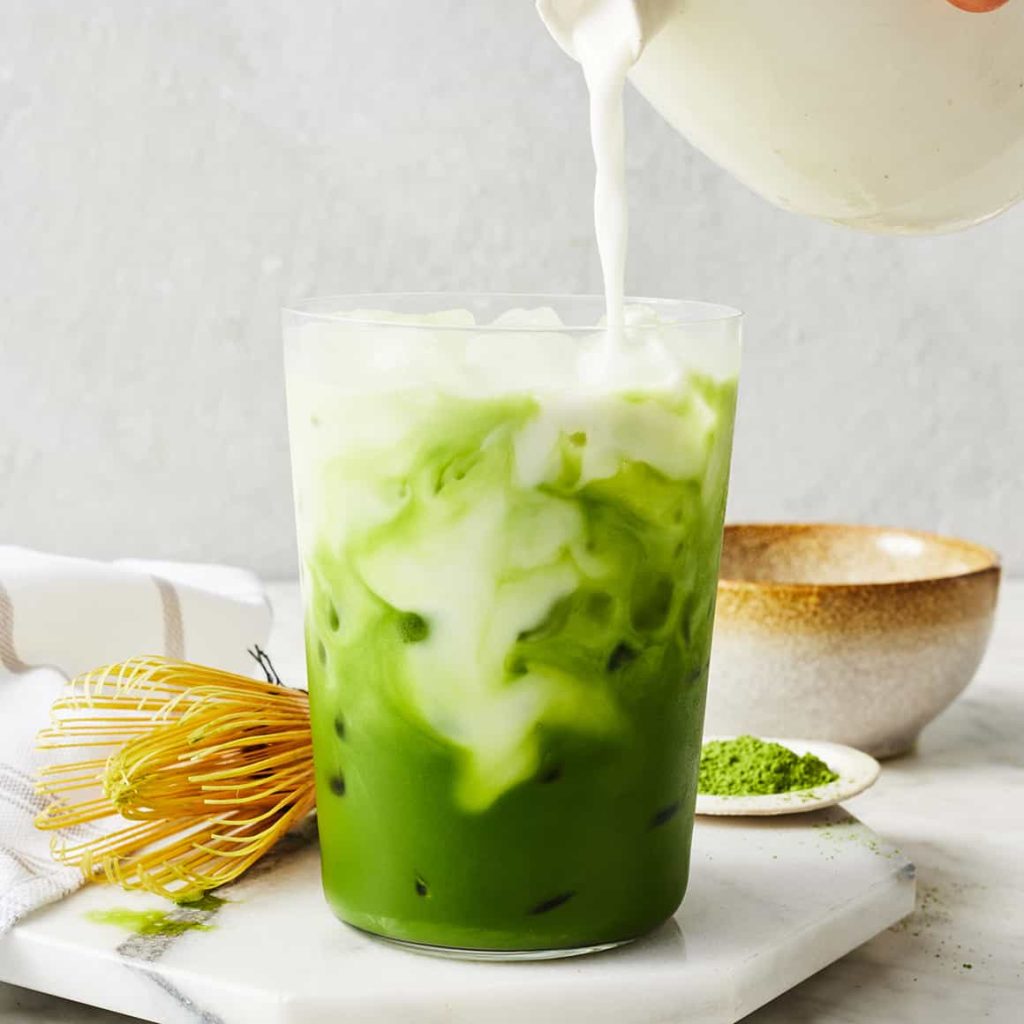
3. Why Particle Size Matters
Matcha’s performance in applications depends significantly on how finely it is ground:
Texture: Affects mouthfeel, especially in beverages
Dispersion: Finer powders mix more uniformly
Color Brightness: Smaller particles reflect light better
Shelf Life: Ultrafine powders can oxidize quickly if not handled properly
Tip from EPIC Engineers: For ceremonial-grade matcha, a D90 value (90% of particles) under 10 µm is essential. For food-grade use, 10–15 µm may be acceptable.
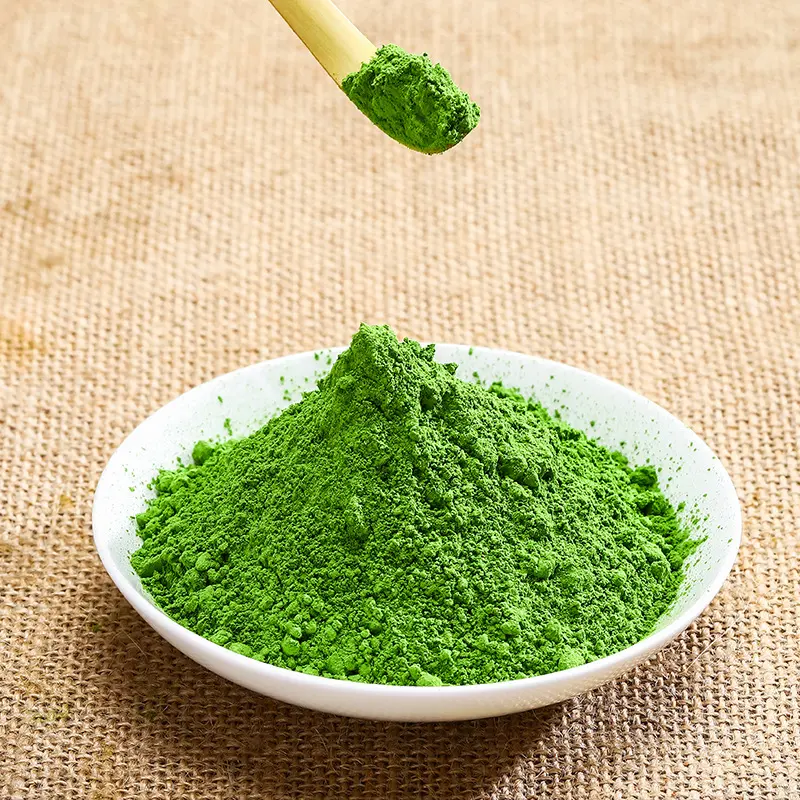
4. Traditional Mill vs. Air classifier Mill
4.1 Stone Mill
Produces very fine powder, but output is low (<1 kg/h)
Operates at low temperature to preserve nutrients
High cost and labor-intensive
4.2 Air Classifer Mill
• Uses high-speed air or gas to grind particles without mechanical contact
• Maintains low temperatures
• Scalable to industrial production (20–100 kg/h)
• Hygienic, easy to clean, and suitable for food-grade operations
| Feature | Stone Mill | Epic Jet Mill |
| Output Rate | < 1kg/h | 20-100kg/h |
| Final Finess | ~10 µm | 5-8 µm |
| Chlorophyll Retention | Medium | High |
| Contamination Risk | Higher | Very low (no metal contact) |
| Maintenance | Manual | Easy, automatic options |
| Energy Efficiency | Low | High |
5. Air Classifier Mill for Matcha Powder: The EPIC Approach
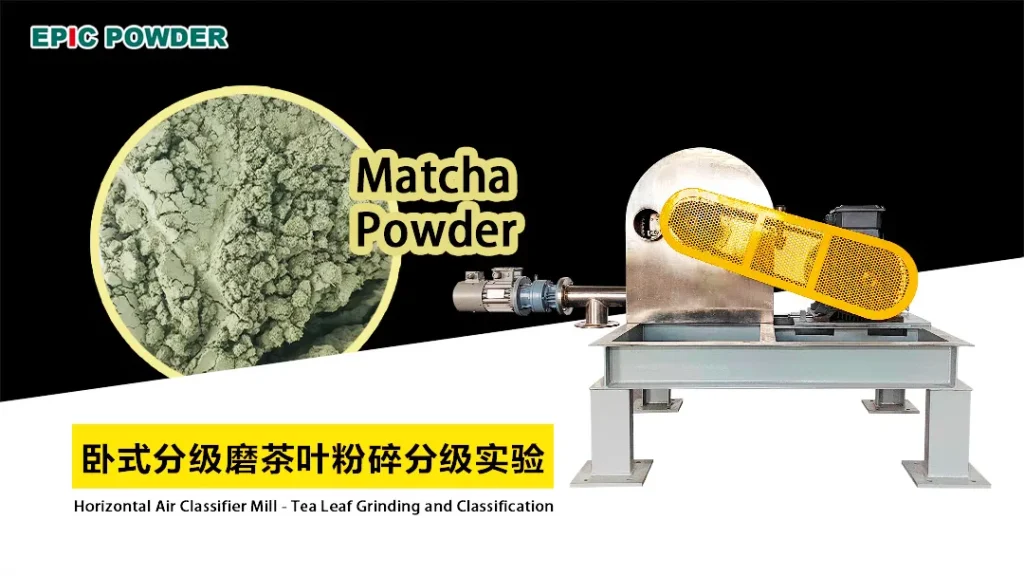
5.1 Equipment Overview
Epic Powder‘s Air classifier mills are designed specifically for delicate materials:
Cold air or nitrogen protection options
Built-in classifier for precision particle control
Compact design for easy integration into cleanrooms
At EPIC Powder Machinery, we specialize in ultrafine powder processing, and we understand the precise requirements needed to mill delicate materials like matcha.
Choose Epic Powder for efficient, energy-saving, and environmentally friendly powder processing solutions.
